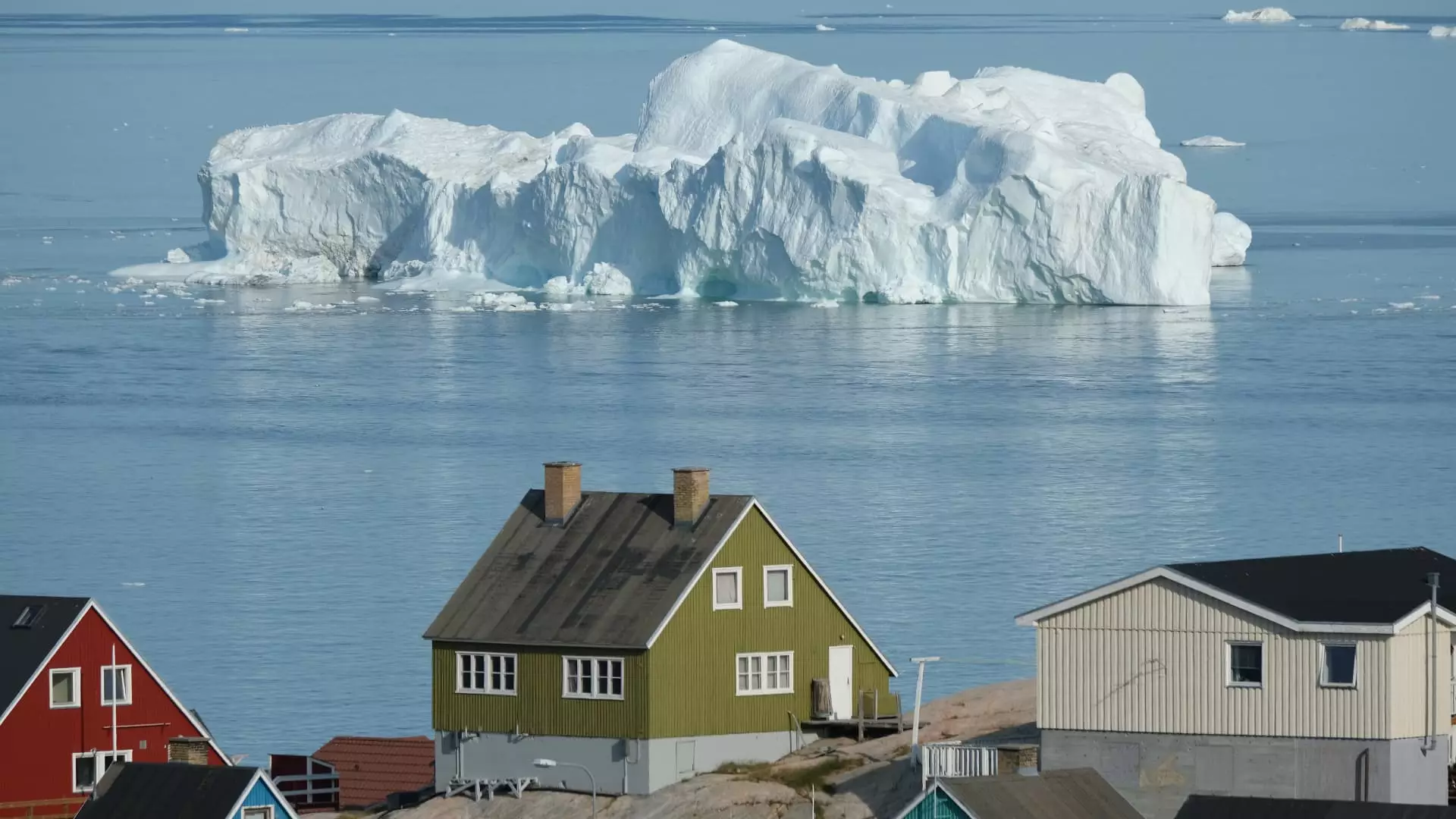In recent years, Greenland has emerged as a focal point in the intricate web of global geopolitics. President Donald Trump’s notorious suggestion to purchase the autonomous territory of Denmark has ignited discussions that transcend mere real estate ambitions. This territorial interest is underpinned by much broader strategic considerations, primarily revolving around military presence, economic opportunity, and geopolitical maneuvering. Such moves reflect not only America’s intense focus on the Arctic region but also the competing narratives unfolding within an ever-globalizing world.
The Arctic Influx: A Contest for Dominance
While the United States has its designs on Greenland, it is far from the only global player eyeing this frigid expanse. To illustrate, a Chinese state-owned company previously attempted to invest approximately $550 million into the development of two airports in Greenland—though this bid was later retracted. This episode underscores China’s shifting interests toward the Arctic, indicating a willingness to engage, invest, and expand its footprint in a region that has become increasingly vital. Additionally, Russia’s activities, particularly the revival of Soviet-era military bases, signal its desire to stake a claim in the Arctic landscape, enhancing the militarization and competition for resources.
Greenland sits precariously at the crossroads of significant military considerations. The territory’s geographic positioning is not merely a matter of natural beauty; it plays a crucial role in the United States’ ballistic missile defense architecture. Experts like Brent Sadler emphasize this importance, noting that with a growing arsenal of intercontinental ballistic missiles (ICBMs), monitoring and defense capabilities in the region are paramount. As the Arctic landscape becomes more accessible due to climate change, the region’s strategic relevance escalates, transitioning Greenland into a pivotal player in national defense strategies.
Beyond military might, the economic opportunities afforded by Greenland’s location cannot be overstated. Changes in Arctic ice patterns are creating new shipping routes, increasingly attractive for global trade. According to the Arctic Council, there has been a remarkable 37% uptick in shipping activities over Arctic routes from 2013 to 2023, a trend likely to accelerate as accessibility increases. As nations like China pledge to develop initiatives like the “Polar Silk Road,” the geopolitical stakes rise, setting the stage for a transformative economic landscape that could redefine trade routes for decades to come.
The complexities surrounding Greenland illustrate the broader narrative of an evolving geopolitical landscape. In an era marked by escalating competition among superpowers, states are no longer confined to traditional forms of confrontation. The Arctic—previously viewed as a remote, desolate frontier—is rapidly transforming into a zone of strategic importance. The interplay between military interests, economic ambitions, and international relations will continue to shape the future of not only Greenland but the entire Arctic region. As nations jockey for position and influence, the world watches closely, aware that the outcomes of these maneuvers hold implications far beyond the icy expanse of the North.


Leave a Reply